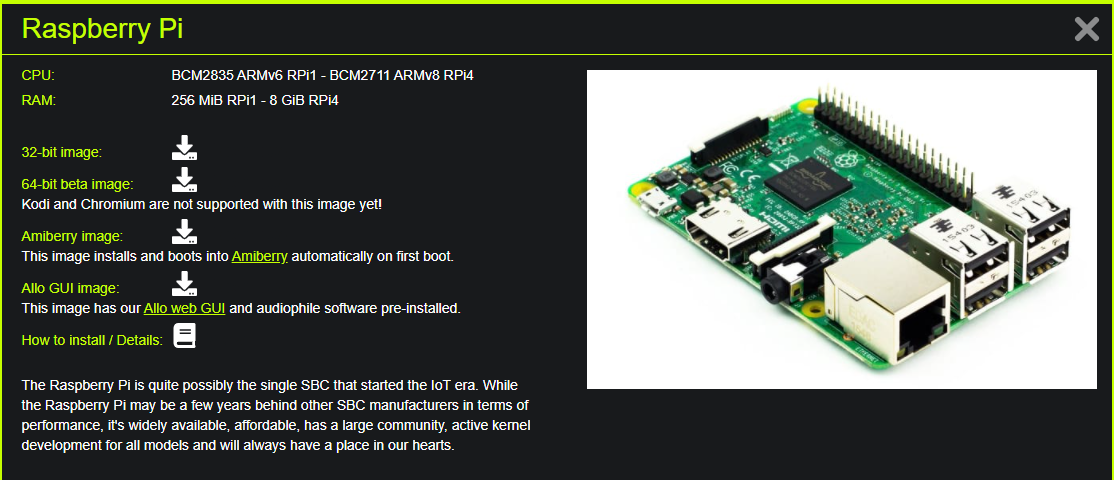
- HOW TO CONFIGURE SONARR POINTED TO A NETWORK DRIVE UPGRADE
- HOW TO CONFIGURE SONARR POINTED TO A NETWORK DRIVE BLUETOOTH
I also purchased a HornetTek four bay SATA enclosure that supports USB 3.0. Most importantly, however, the R7800 has pre-built OpenWRT images. Most of them have similar processors and RAM sizes, similar ranges etc. I paid about $220 for it at my local Fry's (similar prices on Amazon/Newegg) and while it's not objectively the best router on the market, I didn't feel the extra features of some of the more expensive models warranted the extra cost. Pretty standard wired networking (4xLAN 1xWAN). Dual USB 3.0 ports (or eSATA if you prefer). Instead of a rickety 680 Mhz MIPS, this bad boy came with a two thread 1.7Ghz ARMv7 processor and 512M of RAM. I'll admit I was showing a bit of favoritism to Netgear after my 3800 was such a workhorse, but so far it's been a good choice. So I settled on the Netgear R7800 "Nighthawk X4S" which looks a bit like a stealth bomber. The Power-over-Ethernet single cable approach was appealing, as were the sleek interfaces, but it's clear those devices are designed for scale out that I didn't need, and wouldn't be much help for replacing a NAS either. I initially looked at some Ubiquiti hardware.
HOW TO CONFIGURE SONARR POINTED TO A NETWORK DRIVE UPGRADE
So, to upgrade my home network and potentially eliminate a redundant machine, I decided it was time to throw down on a new router setup and, to keep this from being an unmaintainable mess as soon as I've moved on, I figured I'd document how I set everything up.


None of which requires a particularly beefy machine, or HDMI any longer. Since then we've started using Steam Links which covers the HDMI/controller case much, much better so the Celeron basically existed just to run the RAID, Samba, Transmission, and Sonarr.
HOW TO CONFIGURE SONARR POINTED TO A NETWORK DRIVE BLUETOOTH
At one point this box ran a desktop on the TV via HDMI, controlled by Synergy, SSH, Kodi, or PS3 controllers over a Bluetooth dongle. Case in point, the little Celeron machine serving as a NAS. While I can't reasonably go out and replace every machine in the name of some sort of ideological purity (although I did promptly build a Ryzen 7 1700X rig for myself), eliminating some of these Intel devices has a certain appeal to me. In the meantime, I also became an AMD employee and suddenly had an embarrassing array of Intel processors sitting on my home network. It's 680 Mhz MIPS processor wasn't beefy enough that I could run a VPN endpoint on the router with any amount of bandwidth, for example, but the main reason for an upgrade was its lack of support for 802.11ac, which was standardized after the 3800 was on the market, much less 802.11ac "wave 2" which is the current best option. Time marches on however, and despite the fact that the WNDR 3800 was the Rolls-Royce of routers five or six years ago, it started to show its age. I intentionally bought it because it was supported by OpenWRT, a Linux based firmware, similar to DD-WRT and capable of running a lot of extra services at the center of your network. More than a few years ago, I invested in a Netgear WNDR 3800.


 0 kommentar(er)
0 kommentar(er)
